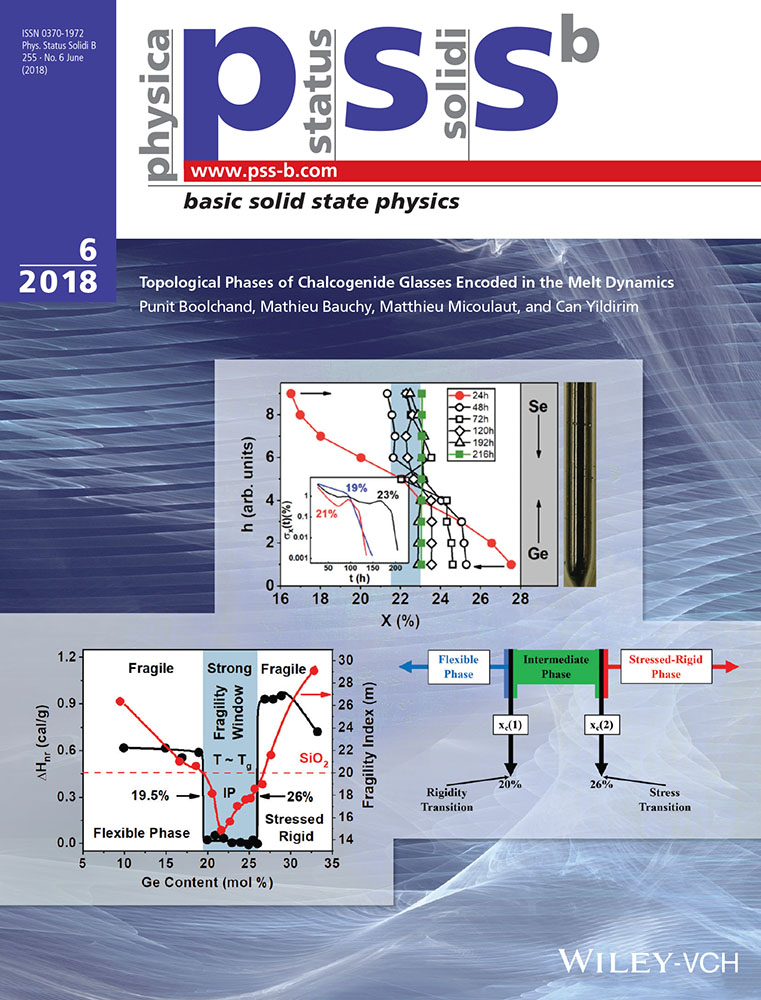Formation of Nanoscale Structures on Chalcogenide Films
Abstract
Thin films of chalcogenide vitreous semiconductors are characterized by a much higher resolving power than that of conventional optical focusing systems. The key interest is focused on the formation of elements with sizes significantly less than the values determined by the light diffraction limit. This process can be realized by using the nonlinear exposure characteristics of chalcogenide glass semiconductor films and a modification of their structure for the localization of exposing light to dimensions below the diffraction-limited area. Appropriate conditions can be created by using the excitation of the plasmon resonance in nanoparticles of noble metals embedded into the chalcogenide glass semiconductor matrix. Near-field methods of exposure by optical radiation open wide opportunities to produce nanoscale structures on the surface of chalcogenide glass semiconductors. The base limitation for the use of these systems is a low optical transmission, which leads to a slow exposure (∼100 μm per second). The transmission of near-field probes can be sufficiently increased by fabricating these probes in the form of microstrip structures.
Conflict of Interest
The authors declare no conflict of interest.




